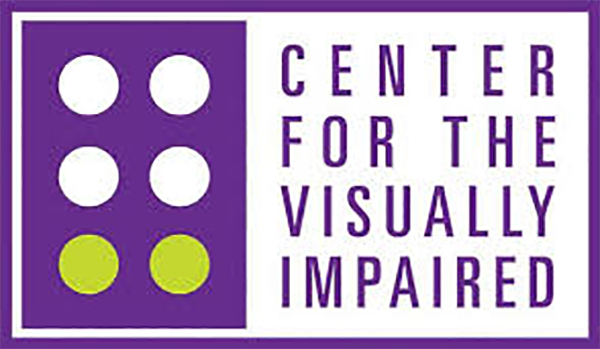After a lifetime of hard work and careful planning, you want to be certain that your retirement savings will help you live comfortably in your senior years, and leave behind a legacy for your loved ones as well as your favorite charities.
To learn more about estate planning strategies, Mary Ann Cook— chair of the CVI Foundation Board and founder of the Mary Ann and Dick Cook Legacy Society—spoke with Bob Pennington, a fellow CVI trustee. Bob is the Managing Principal & Regional Director with Pendleton Square Trust Company, an independent trust company. He helped us understand some planned giving opportunities and how they can benefit both you and the causes you care about.
Please note that this article is not intended as financial or tax advice. If you wish to learn more about the financial planning options discussed below, please contact a professional who can advise you based on your personal circumstances.
Bob, thank you so much for taking the time to talk estate planning with me! This is a cause that’s near and dear to my heart. I’ve heard from a number of people that they’re interested in making a planned gift, but feel intimidated by the unfamiliar terms and language. Do you mind if we start by defining a few terms?
Bob: Not at all! If you don’t work in this field and haven’t recently sat down with a financial advisor, it’s absolutely normal to need an explainer or refresher.
That’s good to know. I’m going to start with one of the most popular planned giving vehicles. What is a qualified charitable distribution?
As you may know, once you hit a certain age, you must start withdrawing funds from your IRA. Because you weren’t initially taxed on those funds, the government wants you to pay a portion of those taxes. There’s a required minimum amount you must withdraw, which is determined by the amount of money in your account and your age. Typically, you’ll be taxed on the funds you withdraw when you take a distribution. However, if you donate your minimum required distribution directly to a charity, you will not be taxed on that amount. That is called a qualified charitable distribution, or a QCD for short.
So if you’re planning to make a charitable gift anyway, you can avoid paying taxes on your minimum required distribution by making it through a QCD?
Exactly. And if you have a good amount of money put away for retirement, that tax burden can be higher than you realize. Why not instead share those funds with a cause that’s meaningful to you, such as CVI?
I couldn’t agree more. Are there any upcoming deadlines people should be aware of if they’re interested in giving through a QCD?
Yes, for your gift to count for the 2023 tax year, it needs to be made by December 31. The minimum age to make a QCD gift is 70 ½. You can contact your IRA custodian—that’s the bank or financial institution where your IRA is held—and they can help you with the gift distribution.
Speaking from experience, it’s an easy process. On to my next question: What is a life-income plan?
A life-income plan is a retirement fund that pays income to one or more beneficiaries (for example, you and your spouse) for a designated period of time (up to 20 years, or for the lifetime of one or more beneficiaries). At the end of the payment period, the remainder of the funds goes to charity. Since a portion of the funds will eventually be donated to charity, you can receive a partial tax deduction now while still preserving your income stream. It’s a great way to maintain your own financial security while also giving a charity you care about a gift they can count on in the future. Your financial advisor can help you design a plan that suits your needs and interests.
Can you name more than one charity in a QCD or a life-income plan?
Yes, absolutely. And you can divide your funds between those charities in any way you wish.
Okay, thank you for walking us through that. I do have a few more questions for you. Shall we continue this discussion next month?
Of course. I look forward to it.
To learn more about planned giving strategies, and how they can make a difference for people living with vision loss, visit CVI’s planned giving page here, or contact Shannon Clark at sclark@cviga.org or 404-602-4276.

